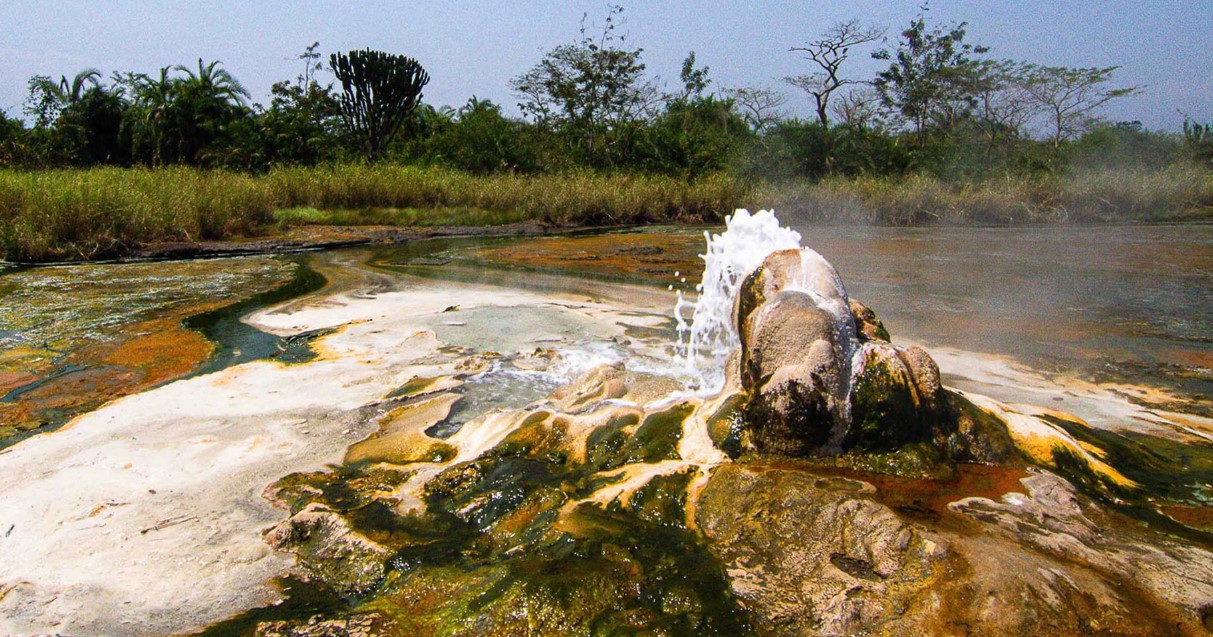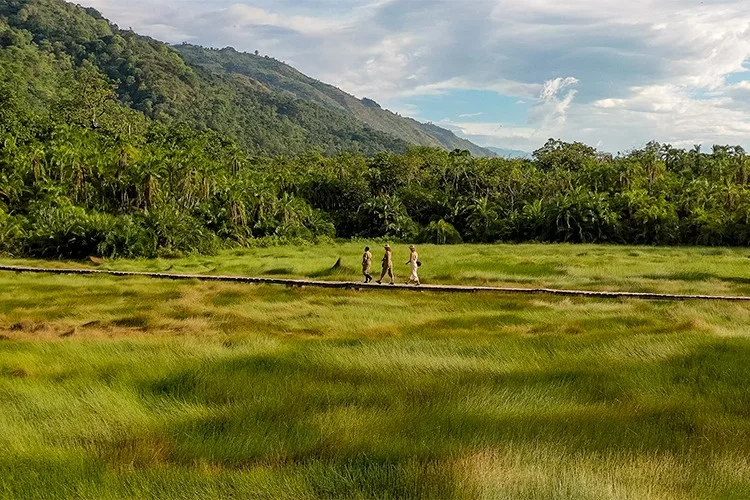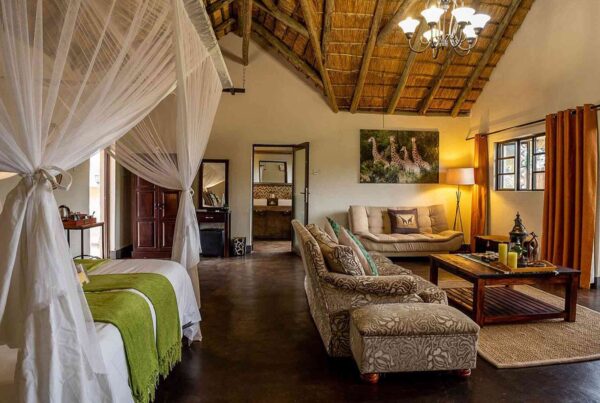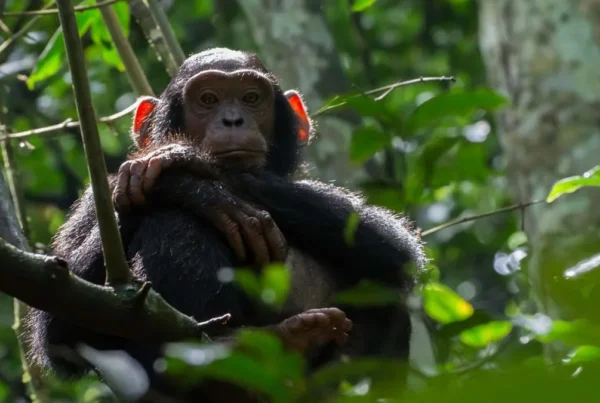Best Time to Visit Semuliki National Park. Discovering the Hidden Jewel of Uganda
Nestled deep within the western rift valley of Uganda, where the lush Ituri rainforest of the Congo Basin stretches into Ugandan territory, lies one of Africa’s most captivating natural sanctuaries—Semuliki National Park. Known for its unrivaled bird diversity, rare primates, mystical Sempaya hot springs, and a rich cultural heritage rooted in the traditions of the Batwa and Bamba people, Semuliki has steadily grown into a premier destination for travelers who seek both adventure and serenity.
While its ecological wealth remains constant throughout the year, the experience of exploring Semuliki changes dramatically depending on the season. Rainfall, temperatures, trail conditions, and animal behavior all shift with the passage of months, meaning that the choice of when to visit has a profound impact on what one encounters in the forest. For the passionate birdwatcher, the primate enthusiast, or the cultural explorer, the best time to visit Semuliki National Park becomes not just a practical concern but the foundation of an unforgettable journey.
The Climate of Semuliki National Park
A Distinctive Equatorial Climate
Semuliki National Park enjoys a tropical equatorial climate, owing to its location along the Uganda–Congo border and its relatively low elevation, which ranges between 670 and 760 meters above sea level. Unlike Uganda’s montane parks such as Bwindi or Mgahinga, Semuliki is characterized by warm and humid conditions almost year-round. The forest canopy retains heat, while the presence of the Semuliki River and swampy floodplains ensures a high level of humidity.
Temperatures remain fairly stable, typically ranging between 18°C and 30°C. This consistency makes Semuliki accessible throughout the year, though the forest environment responds dramatically to seasonal rainfall. It is this rainfall pattern—rather than temperature—that defines the rhythm of life in the park and determines the optimal time for different kinds of experiences.
Rainfall Patterns
Rainfall in Semuliki is bi-modal, with two distinct wet seasons separated by drier intervals. Heavy rains occur from March to May and again from September to November. During these periods, the park transforms into a lush, vibrant paradise, with swollen streams, intense greenery, and an explosion of bird activity. However, trails can become muddy, riverbanks slippery, and access more challenging.
The drier months span from December to February and from June to August. These seasons bring relatively less rainfall, easier trail navigation, and better overall accessibility. Wildlife movements also become easier to track, while the clearer skies provide excellent visibility for photography and birdwatching.
Dry Season: December to February and June to August
Ease of Exploration
The dry seasons are widely regarded as the best time to visit Semuliki National Park. The reduced rainfall makes the forest trails, particularly the Kirumia Trail and the Sempaya Trail, more accessible. Hiking becomes less strenuous as the mud recedes, and the risk of slippery slopes diminishes. Visitors find it easier to cover longer distances, allowing them to penetrate deeper into the rainforest and reach diverse habitats.
Birdwatching Opportunities
For birdwatchers, the dry months offer unparalleled clarity. The reduced foliage density allows for better visibility into the canopy and understory, enabling birders to spot elusive species such as the white-crested hornbill, yellow-throated cuckoo, and blue-billed malimbe. Raptors such as the Congo serpent eagle can be observed soaring against clear blue skies, while sunbirds and greenbuls become more conspicuous as they forage in open areas.
The dry months also coincide with increased vocal activity among many bird species. With reduced rain noise in the forest, bird calls resonate more clearly, assisting in identification and enhancing the immersive experience.
Wildlife and Primates
Semuliki is home to primates such as the red-tailed monkey, black-and-white colobus, and grey-cheeked mangabey. During the drier months, primates are often more active near forest edges, where fruiting trees become accessible. Wildlife observation becomes more straightforward as visibility improves in the less-dense foliage.
The famous Sempaya Hot Springs are also easier to access during this season, and the surrounding clearings become excellent vantage points for watching both birdlife and primates in the nearby forest canopy.
Photography and Scenery
Photographers find the dry seasons particularly rewarding. The air is clearer, with reduced mist, making forest landscapes and river scenes more vivid. Sunlight penetrates through the canopy, creating dramatic contrasts of light and shadow, perfect for capturing both wildlife and forest scenery.
Wet Season: March to May and September to November
A Vibrant, Lush Paradise
Though more challenging in terms of accessibility, the wet seasons transform Semuliki into a spectacularly lush environment. The rains rejuvenate the forest, triggering fresh growth, blooming flowers, and an abundance of insects that in turn attract insectivorous bird species. For the traveler willing to embrace muddy trails and occasional downpours, the rewards can be immense.
Birding Riches in the Wet Months
The wet seasons coincide with heightened bird activity. Many species enter breeding cycles during this period, and the forest resonates with songs and courtship displays. Migratory birds from the Palearctic also arrive, adding seasonal variety to the already impressive checklist. Birdwatchers who visit in the rains often encounter species such as the yellow-throated nicator or the elusive Nkulengu rail, which are more vocal and active during this time.
Although photography becomes more challenging due to mist and cloud cover, the richness of bird behavior compensates with rare and rewarding sightings.
Challenges of the Wet Season
The rains bring inevitable difficulties. Trails, particularly the Kirumia Trail, can become extremely muddy and challenging to navigate. Streams may swell, and crossings can be treacherous. Hikes take longer, and the likelihood of leeches, insects, and damp discomfort increases. Yet, for seasoned adventurers and dedicated birders, these challenges are part of the authentic rainforest experience.
Month-by-Month Guide to Visiting Semuliki
December to February
This period marks the long dry season. It is considered the most favorable time for general tourism, offering the best combination of accessibility and comfort. Birdwatching is excellent, primates are easily observed, and cultural tours to nearby Batwa and Bamba communities are unhindered by rainfall.
March to May
This season ushers in the long rains. While conditions become wetter, birders are rewarded with heightened activity and breeding displays. The forest scenery becomes enchanting, filled with fresh greenery and renewed vibrancy. For adventure seekers, this is a time when Semuliki reveals its raw, untamed essence.
June to August
The short dry season returns, again providing excellent accessibility. This is an ideal time for first-time visitors, as it combines good weather with consistently rewarding wildlife and bird sightings. Photography, in particular, flourishes under clearer skies.
September to November
The short rains descend, enriching the forest with fresh growth. Trails can be challenging, but birders find this season equally rewarding as migratory species arrive, adding an extra dimension to birdwatching expeditions. Travelers prepared for wetter conditions discover the park in one of its most dramatic moods.
Cultural and Scenic Considerations
Visiting Semuliki is not only about wildlife and birding; it is also an immersion into the cultural fabric of western Uganda. The Batwa pygmies and Bamba people have lived in and around the forest for centuries, their traditions deeply intertwined with the land. Seasonal shifts influence cultural experiences as well. Festivals, agricultural practices, and community activities vary across the year, and visitors during different months may witness unique aspects of local life.
The dramatic backdrop of the Rwenzori Mountains, often visible from the park, also changes with the seasons. During the dry months, the snow-capped peaks are seen more clearly, offering breathtaking scenery that enriches the overall experience.
Choosing the Best Time: A Balanced Perspective
The dry seasons remain the most practical and popular times to visit Semuliki National Park, offering easier access, clearer views, and comfortable exploration. However, the wet seasons hold their own allure, especially for passionate birders and adventurers who seek authentic rainforest immersion. Ultimately, the best time depends on the traveler’s priorities. Those who prioritize comfort and accessibility may prefer December to February or June to August, while those who wish to experience heightened bird activity and raw natural vibrancy may embrace March to May or September to November.
Planning Your Journey
Semuliki National Park is a sanctuary where time seems to stand still, where the forest whispers the stories of centuries, and where every season carries its own beauty and mystery. Whether one visits in the clear sunshine of the dry months or under the dramatic rainfall of the wet seasons, the park never ceases to amaze with its rich birdlife, geothermal wonders, primates, and cultural heritage.
The best time to visit is therefore not simply about weather but about what one seeks in an African journey. For a seamless, memorable, and enriching experience in Semuliki and beyond, travelers are encouraged to entrust their safaris to WildHorn Africa, a dedicated tour provider committed to showcasing the wonders of Uganda and the continent at large.




 WildHorn Africa – Authentic and unforgettable tours across Africa, guided by local experts who know the land, wildlife, and culture best.
WildHorn Africa – Authentic and unforgettable tours across Africa, guided by local experts who know the land, wildlife, and culture best.


